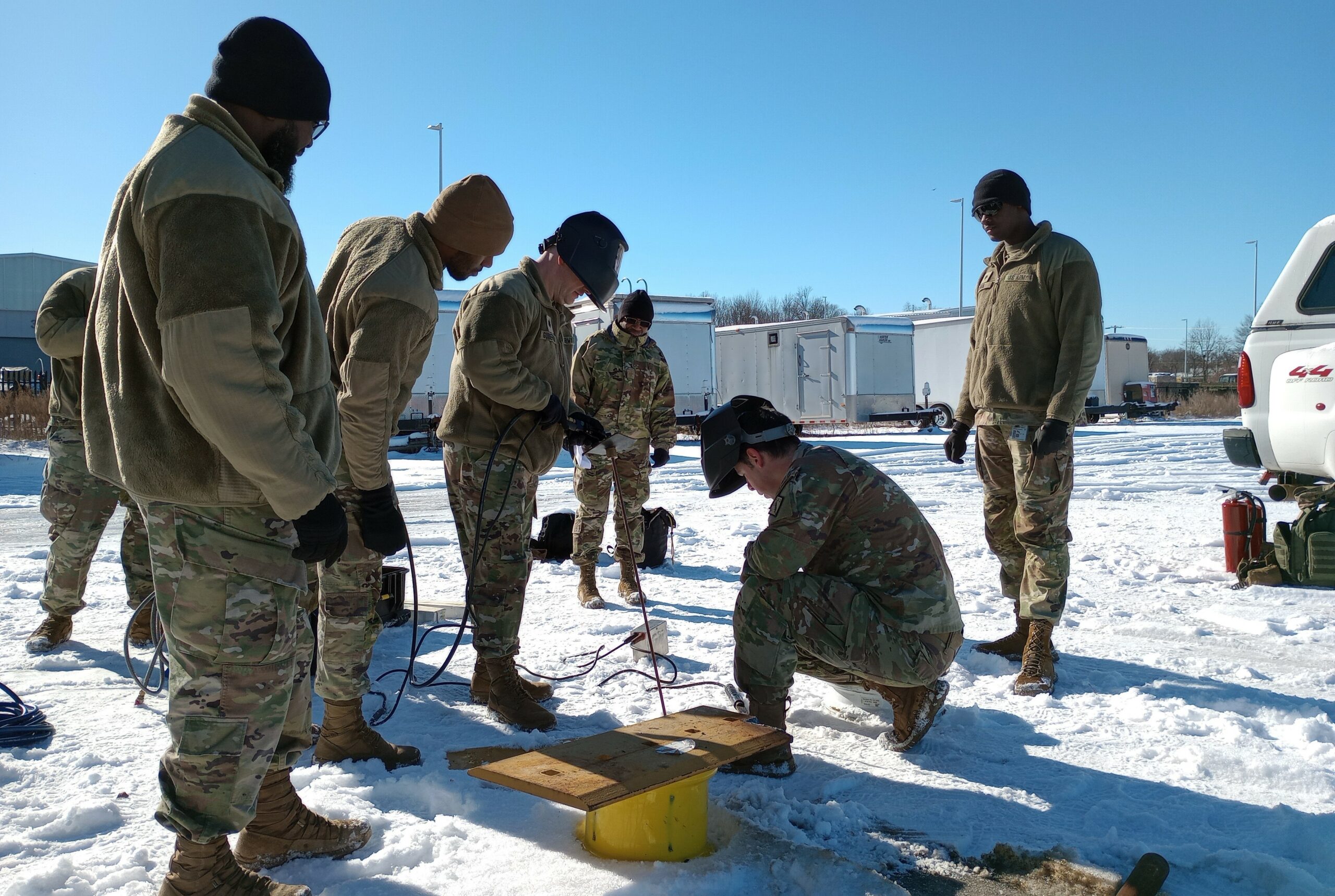The US Army’s Nuclear Disablement Team (NDT) has conducted an exercise to hone its skills in exploiting and disabling nuclear and radiological weapons.
Held at the Aberdeen Proving Ground in Maryland, the drill allowed the service’s NDT 2 to show effective application of the correct tools for various nuclear deterrence-related tasks.
“This course allows NDT personnel to see the effects of each tool on a given target material, thus revealing planning considerations and limitations for use in expeditionary operations,” NDT 2 explosive ordnance disposal officer Capt. John M. Prevost said.
In March 2023, the US military’s NDTs also participated in a joint nuclear deterrence drill with South Korea.
Ensuring Safety
Prevost explained that the training activity was critical for the NDT because nuclear disabling is one of its core tasks.
The additional skills they get from the exercise will reportedly help ensure the safety of soldiers by reducing the risk of potential contamination.
The US military currently has three NDTs all stationed at Aberdeen Proving Ground. Each team consists of Nuclear and Countering Weapons of Mass Destruction officers, an Explosive Ordnance Disposal officer, a Nuclear Medical Science officer, and a Health Physics noncommissioned officer.

Increasing Nuclear Threats
The nuclear deterrence training comes amid the significantly increasing nuclear threats from US adversaries.
China has been expanding its nuclear arsenal, and is projected to have more than 1,000 operational nuclear warheads by 2030.
Although Beijing said the nuclear weapons were for “self-defense,” Washington held a rare meeting with the Chinese government on nuclear arms control.
Russia and North Korea are also continuously working on their nuclear programs, with the latter recently testing an “underwater nuclear weapon system.”












